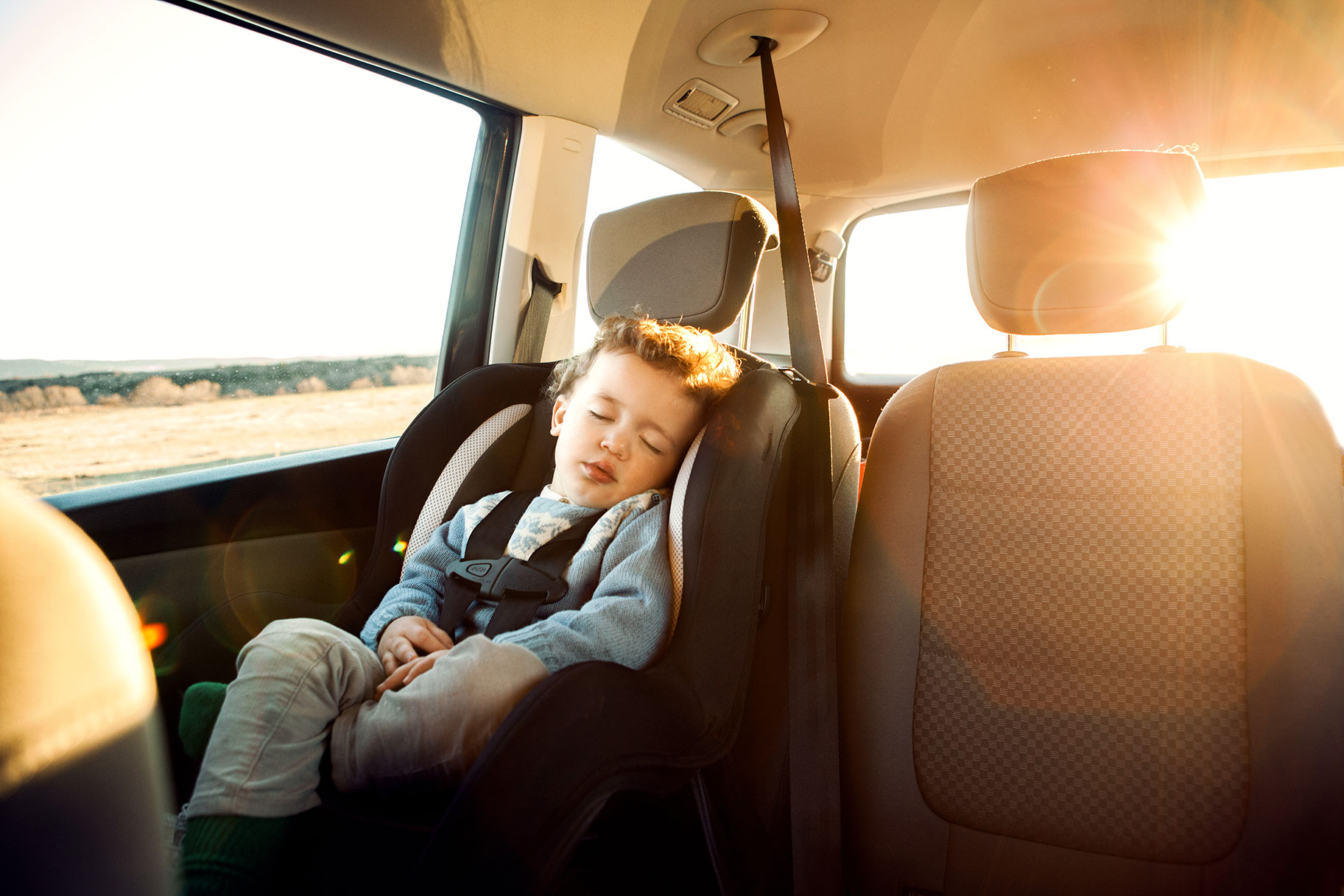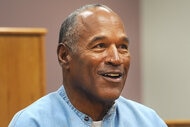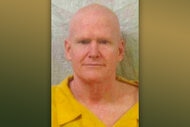Create a free profile to get unlimited access to exclusive videos, breaking news, sweepstakes, and more!
729 Children Have Died In Hot Cars Since 1998: Could Your Child Be Next?
00121121NBCUniversal1114114.0Normal0falsefalsefalseEN-USJAX-NONE /* Style Definitions */ table.MsoNormalTable {mso-style-name:"Table Normal"; mso-tstyle-rowband-size:0; mso-tstyle-colband-size:0; mso-style-noshow:yes; mso-style-priority:99; mso-style-parent:""; mso-padding-alt:0in 5.4pt 0in 5.4pt; mso-para-margin:0in; mso-para-margin-bottom:.0001pt; line-height:115%; mso-pagination:widow-orphan; font-size:11.0pt; font-family:Arial; color:black; mso-ansi-language:EN;}
Today is National Heatstroke Prevention Day, and Oxygen is exploring why droves of kids are dying in hot cars and how this all-too-common phenomenon can be stopped.

It was May 2011, and the Collins family was headed to church in Mississippi with their three-month-old son, nicknamed “Bishop.” Upon arrival, the wife and daughter went inside while the husband remained at the car to unload his musical equipment. When a fellow church member approached and asked to help, the father, Norman, requested the good samaritan take Bishop to the nursery for him.
Except, Bishop never made it to the nursery.
The church member didn’t hear the request, and Bishop accidentally ended up being left in the car in 93-degree heat as the service proceeded for the next two and a half hours. By the time the family realized what had happened, Bishop was unresponsive and pronounced dead at the hospital, according to the grandfather’s account.
Sadly, Bishop is not an anomaly. So far this year, 29 children have died from heatstroke after being left in the car by a parent of caregiver, according to noheatstroke.org, a website compiled and updated by Jan Null, CCM, of San Jose State University’s Department of Meteorology and Climate Science. With just two months of summer down, that number is only expected to grow by the end of 2017. In fact, since 1998, more than 700 children left behind in cars have died as a result of sweltering temperatures that can cause body temperatures to skyrocket past 104 degrees and usher in disorientation, seizures, and death.
Among those who have died was 1-year-old Sophia Rayne "Ray Ray" Cavaliero. Her mother wrote on the website Kids and Cars that Ray Ray had fallen asleep in her car seat and her father accidentally drove straight past her daycare on his way to work, forgetting she was in the back seat. Ray Ray’s mother explained that she picked up her husband for a lunch date that day and his heart “sank to the bottom of his chest” when he realized he couldn’t remember dropping her off in the morning. They called her husband's office and 911 and raced back. “Our last visions of our living daughter were of her lying on the floor as she lost consciousness and CPR was being performed,” wrote her mother. “She gazed into mommy and daddy’s eyes one last time. That will haunt us forever.”
Then there was Chase Harrison (pictured above), adopted from an orphanage in Russia and brought to Virginia, he died a few months shy of two years old after his father, like Ray Ray’s, accidentally left him in the car when he went into work.
There was also 5-month-old Kate Lola Boe from South Dakota, whose mother left her behind in the minivan one day and didn't realize she was there until she went to pick her up from daycare at the end of the day. "Nothing has been the same since that day," her mother Andrea wrote. "Our family is slowly healing with the help of our faith, family and friends – yet I am still trying to understand how and why this happened."
“It is going to happen, and it is preventable,” said Janette Fennell, founder and president of Kids and Cars.
Fennell’s organization—started after her family’s own brush with death when they were kidnapped and locked in the trunk of their car—focuses on education and lobbying to spur fundamental changes in legislation and auto manufacturing as it relates to child safety.
Modern-day cars are laden with reminder systems: If the key is left in the ignition, the car beeps; if a seatbelt is left undone, there’s another beep; even if the gas cap is open, the car will buzz or light up. Many vehicles now even turn off headlights automatically, to avoid the driver returning to a drained battery, she said.
“How do you square that away with it’s more important not to have a dead car battery, than a dead baby?” asked Fennell.
While education has been the primary tactic for decades and the one car manufacturers have continued to push, Fennell points out that “the numbers aren’t going down.” That’s where new legislation introduced by Ohio Congressman Tim Ryan comes in. The Helping Overcome Trauma for Children Alone in Rear Seats Act—aka the HOT CARS Act of 2017—was introduced in June of this year after being defeated in the House in 2016.
The bill aims to implement auto industry standards that would require new cars be equipped with both an auditory and visual alert system to tell drivers if a child (or anything) is left in the back seat. It’s not unusual for the government to mandate car safety features in the interest of saving lives, said the congressman in an emailed statement.
“Cars are mandated to have seat belts, interior trunk-releases, and rear backup cameras,” said Ryan. “Our legislation would move us one step closer to getting this inexpensive technology in every car on the road to help save the lives of children nationwide.”
Michael Zetts, communications director for Ryan, said the manufacturing trade group Auto Alliance should be taking more initiative to advocate for back seat alerts in cars. Earlier this month, Auto Alliance released a statement that continued to tout the importance of “greater public awareness” and stated that although it will review the proposed legislation, the HOT CARS Act “misses the targeted population, because so few parents of young children buy new cars.”
Yet, some manufacturers have taken it upon themselves to install warning systems in upcoming models.
For example, in the 2017 GMC Acadia there’s a pre-installed warning tone and dashboard reminder to “Look in Rear Seat,” which will go off if back doors sensors detect that door has been opened and closed within 10 minutes of the car starting or when the engine’s running. While this system can’t tell you what’s in the backseat (a laptop, a gym bag, etc.) the reminder is intended to get drivers to turn around and look, and will come standard on 2017 and 2018 Buicks, Cadillacs, Chevrolets and other General Motors-brands.
While Ryan’s office is “much more hopeful” the HOT CARS bill will move forward this year, and advocates like Fennell are in vehement support of it, the progress has been decades in the making.
“It’s very, very frustrating that the auto industry and government hasn’t picked up on this sooner,” she said.
While it would be easy to blame children’s deaths on parents who are careless, involved with drugs or have had previous run-ins with child protective services, Fennell says this would be incorrect. In fact, 90 percent of parents who leave their kids behind in the car are actually attentive parents who just make the worst mistake of their life, she added.
Science backs this up.
Dr. David Diamond is a professor of psychology at the University of South Florida and has been studying children dying in cars for more than a decade. In an article he wrote last year, Diamond states that often when children get left behind, it’s the result of a memory failure that occurs when the brain’s “habit memory” (autopilot) competes with “prospective memory” (the planning and execution of a certain task); in most cases, autopilot wins.
“It happens, for example, when we forget to interrupt a drive home to stop at the store for groceries,” he wrote. “In this case, the habit memory system takes us directly home, suppressing our awareness (prospective memory) that we had planned to stop at the store.”
It’s the same thing that happens when you head to the car with full hands, place a cup of coffee on the roof while you load up, and then forget about it and drive off with the mug still on top of your car. Or when you go to the copy machine at work, place the original form inside so you can make said copy, and then walk off without reclaiming it.
“Those are some simple examples, but that’s the mechanism in our brain that causes the children to be left behind,” said Fennell.
While these summer months tend to push this issue to the forefront, there doesn’t even need to be excessive heat to create a deadly situation. For instance in April of this year, a one-year-old in Alabama died of heatstroke when it was just 68 degrees out, and in May in Idaho, a five-month-old died in temperatures of just 75 degrees, noheatstroke.org reports. This seemingly tepid weather can turn deadly when sun streams in, hits steering wheels and seats, and quickly raises their temperature to 180 or 200 degrees, the website explains.
What’s more is that 32 percent of kids who’ve died in cars are less than one year old, and nearly 90 percent of child heatstroke deaths occurred in kids three years old or younger. Fennell attributes this in large part to the fact that most of these kids are required by law to travel in the back seat, often in a rear-facing car seat that makes them easier to overlook. Their parents are often sleep-deprived as well, and have undergone a huge departure from routine with the arrival of a new baby.
“If you add that all together, scientists are really shocked that it doesn’t happen more than it does,” she said.
When it does happen, especially in the majority of the cases where it was simply an awful mistake, the fall-out is widespread. Some parents may face criminal prosecution, others resort to suicide, and many face cruel public comment from those in both physical and internet life, said Fennell.
“The biggest mistake that people can ever make, is to think that it can’t happen to them or someone in their family,” said Fennell.
[Photo: Kids and Cars]













